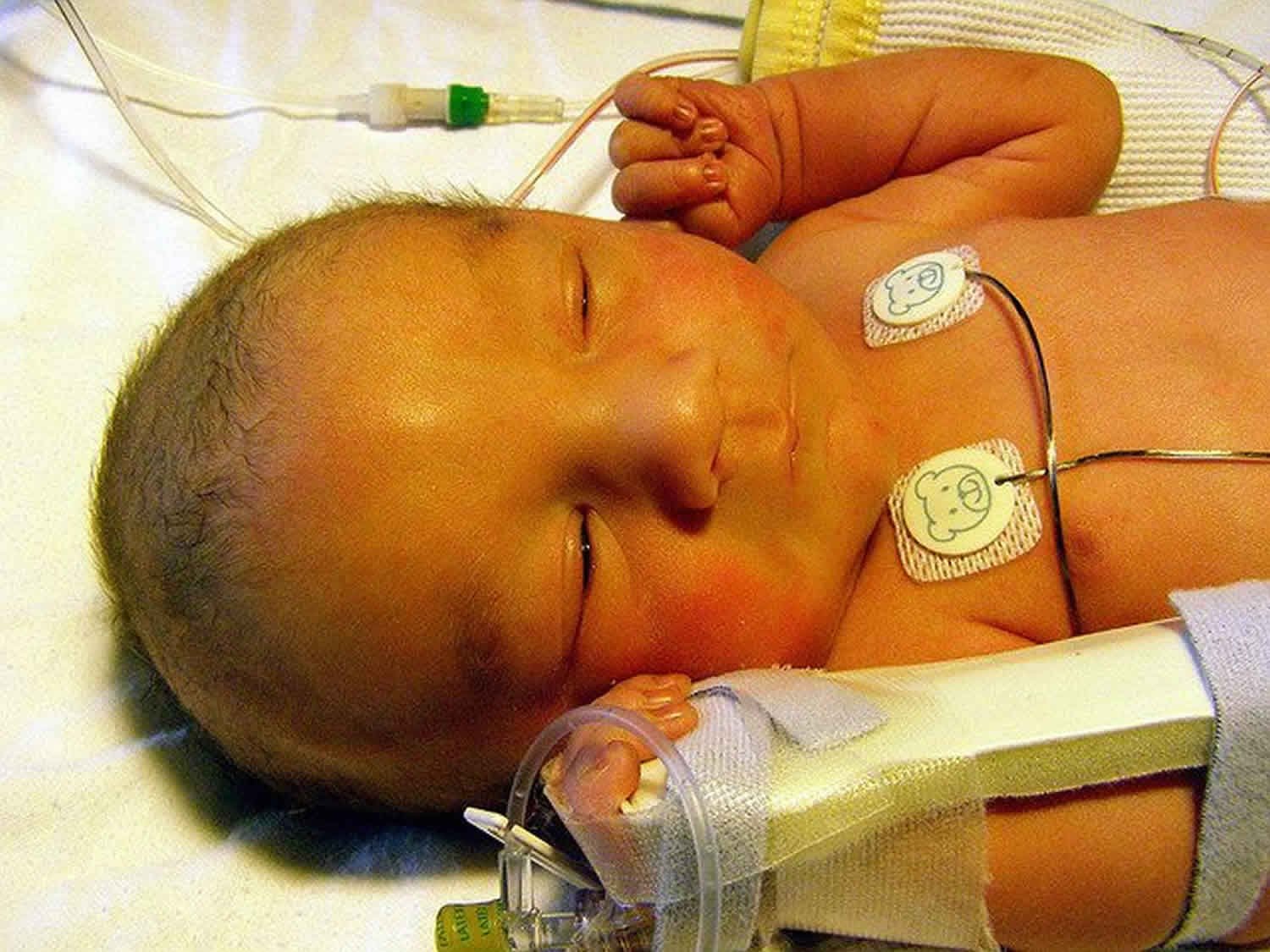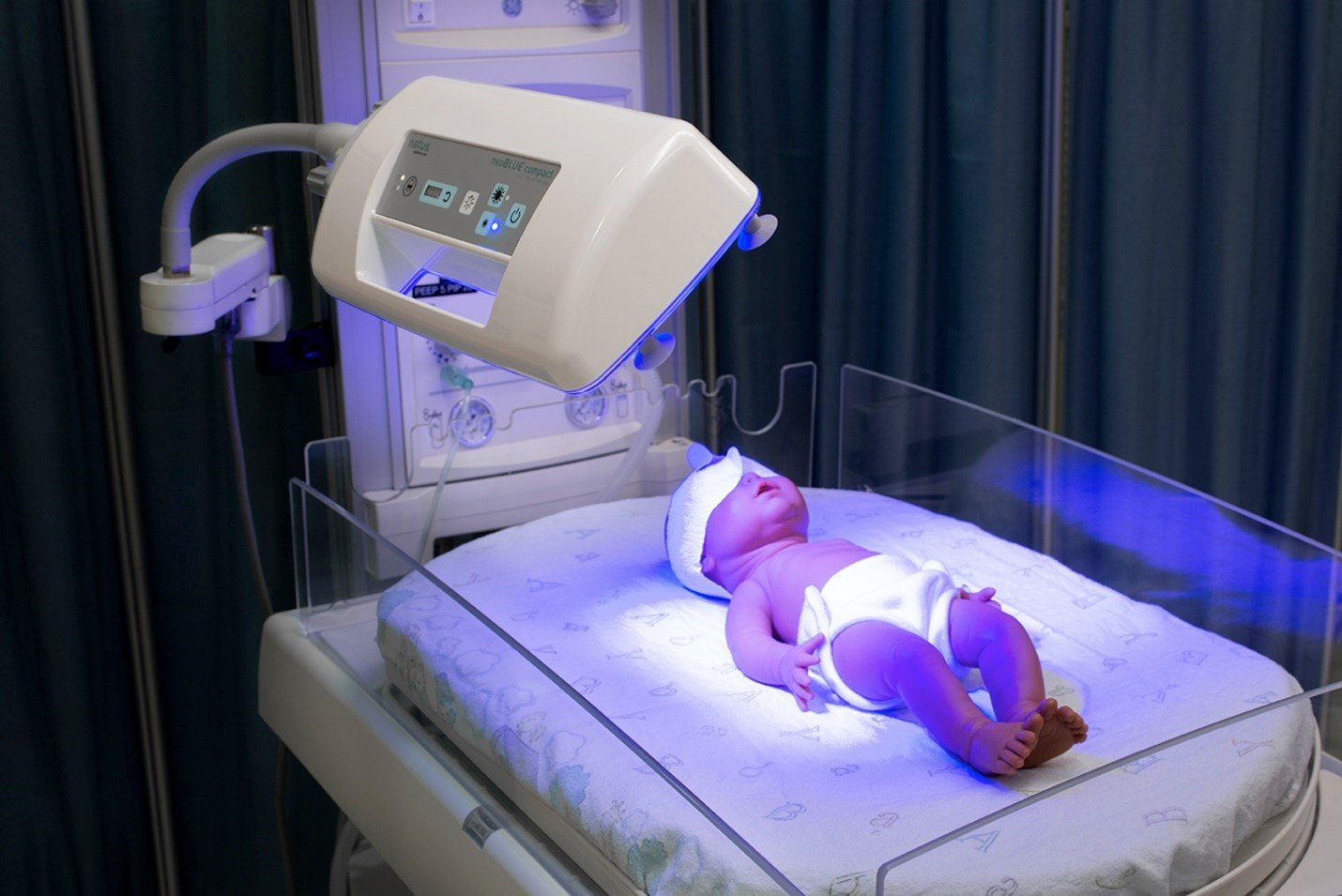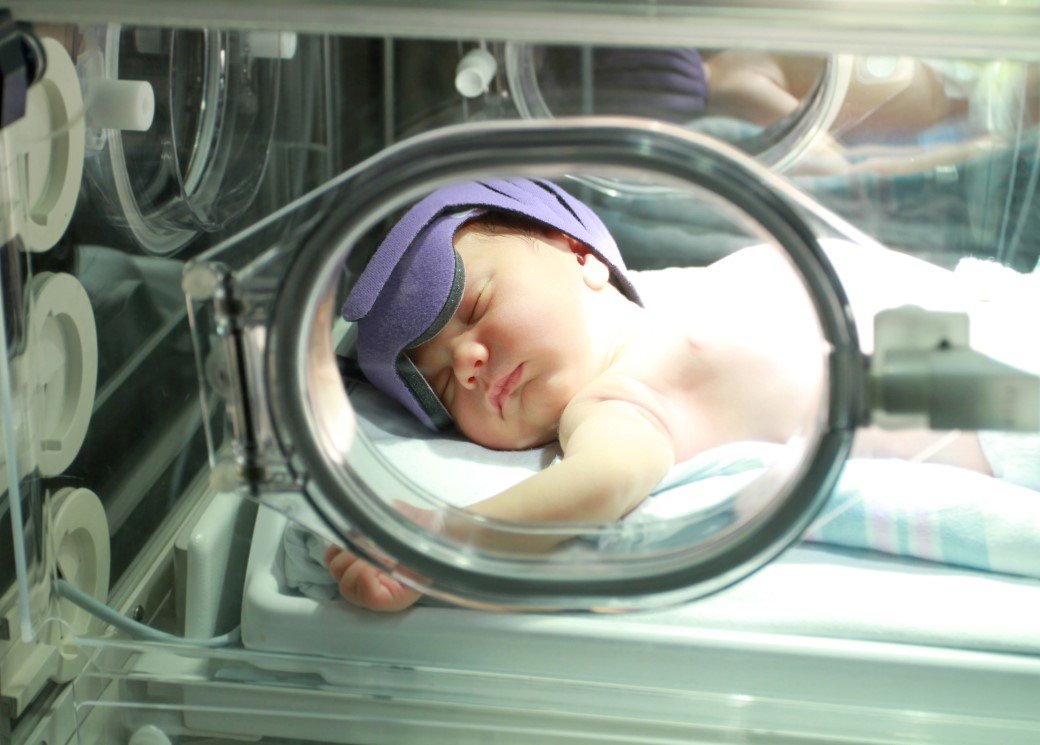Classification of Physiological jaundice- This course is designed to understand the care of pregnant women and newborn: antenatal, intra-natal and postnatal; breast feeding, family planning, newborn care and ethical issues, The aim of the course is to acquire knowledge and develop competencies regarding midwifery, complicated labour and newborn care including family planning.

Classification of Physiological jaundice
Physiological jaundice
Physiological jaundice represents physiological immaturity of the neonates to handle increased bilirubin production. Visible jaundice usually appears between 24-72 hours of age. It does not require any treatment.
Or
Physiologic jaundice of the newborn: Yellowish staining of the skin and whites of the newborn’s eyes (sclerae) by pigment of bile (bilirubin). In newborn babies a degree of jaundice is normal. It is due to the breakdown of red blood cells (which release bilirubin into the blood) and to the immaturity of the newborn’s liver (which cannot effectively metabolize the bilirubin and prepare it for excretion into the urine).
Or
It is defined as jaundice in healthy babies during the first few days of life due to physiological reasons. It appears on second or third day of life, rises at a rate less than 5 mg/dl/day; peaks at 4 to 5 days of age; and spontaneously disappears by day 10-14 days of life.
Causes of physiological jaundice
Diseases or conditions that can cause jaundice include:
- Internal bleeding (hemorrhage)
- An infection in your baby’s blood (sepsis)
- Other viral or bacterial infections.
- An incompatibility between the mother’s blood and the baby’s blood.
- A liver malfunction.
- An enzyme deficiency.
Management of physiological jaundice with high bilirubin level
1. Physiological jaundice in the newborn results from accumulation of unconjugated bilirubin in the fetal circulation.
2. It is aggravated by immaturity, hypoxia, acidosis, hypoglycemia, infection, enzyme deficiency in the erythrocyte, cephalhematoma, and drugs administered to the mother during labour and the newborn after.
3. Management is essentially symptomatic.
4. No specific therapy is required.
Kramer’s rule to determine degree of jaundice
| Area of the body | Concentration of indirect bilirubin |
| A. Head and neck | 4 – 5 |
| B. Upper trunk | 5 – 12 |
| C. Lower trunk and thighs | 8 – 16 |
| D. Arms and lower legs | 11 – 18 |
| E. Palms and soles | >15 |
Difference between physiological and pathological jaundice
| Physiological | Pathological | |
| Onset | 2nd-3rd day of life | At any time |
| Level of Bilirubin | Usually lower | Usually higher |
| Type of Bilirubin | Unconjugated | Any |
| Rate of increase | Slow increase (usually <85 µmol/L/24h) | May be faster (usually >85 µmol/L/24h) |
| Duration | Shorter (7-10 days in the term & 14 days in the Preterm) | May be longer |
| Physical Exam and Lab. tests | Normal, healthy infant | Abnormal |
Types of hyperbilirubinemia
1. Unconjugated hyperbilirubinemia.
2. Conjugated hyperbilirubinemia.
Clinical assessment of jaundice
In newborn:
The jaundice is detected by-
- Blanching the skin with finger.
- Revealing the yellow staining of skin &
- Subcutaneous tissues.
In adults:
- Sclera appears icteric when serum bilirubin exceeds 2 mg/dl.
Note: It is difficult to detect jaundice in eyes of a newborn as unlike adults, neonates keep their eyes shut because of physiological photophobia.

Laboratory investigations
1. Serum bilirubin, both direct and indirect
2. ABO and Rh blood grouping of mother ns well as baby
3. Hemoglobin/Peripheral smear
4. Reticulocyte count.
5. Coombs test of mother as well as baby
6. Blood culture.
7. Liver function tests.
8. G-6 PD enzyme studies
Management of neonatal jaundice
Principles of management:
The goal of management is to keep the serum bilirubin below neurotoxic levels.
1. Phototherapy and exchange transfusion are the two major effective therapeutic modalities available today.
2. Additional options include – Pharmacotherapy in the form of –
- Phenobarbital.
- Agar-agar
- Albumin infusion.
- N-mesoporphyrin.
- Charcoal etc.
Phototherapy
First introduced by Cramer, phototherapy has emerged as the most widely used tool for treating unconjugated pattrotogic hyperbilirubinemia. The value of phototherapy in lowering on conjugated hyperbilirubinemia is widely accepted.
1. Phototherapy is the use of ultraviolet light in the treatment of jaundice in the newborn
2. It works by encouraging the liver to excrete bile in the form of unconjugated bilirubin
3. Blue of fluorescent bulbs are commonly used in phototherapy.
4. Prolonged exposure to ultraviolet light may be cause retinal damage; therefore, it is important to keep the infant’s eyes shielded with eye patches when under the light.
5. Care of the baby undergoing phototherapy includes-
- Close monitoring of body temperature.
- Fluid and electrolyte balance.
- Checking of serum bilirubin level at intervals.

Exchange transfusion
1. An exchange transfusion is used when phototherapy is ineffective and the bilirubin level is rising.
2. Exchange transfusion lowers the bilirubin level by 50 to to 60%
3. During transfusion, the neonate’s antibody-coated red cells and excess bilirubin are removed and replaced by donor blood that contains noncoated red blood cells.
4. Only small amounts of infant’s blood are removed and replaced at a time.
5. The procedure is repeated until the infant’s total blood volume has been diluted with fresh blood.
6. The nurse must be alert for the following complications during transfusion-
- Bradycardia.
- Arrhythmias.
- Infection.
- Thrombosis.
- Hypocalcaemia.
- Fluid overload.
Nursing intervention of hyperbilirubinemia of newborn
1. The nurse should frequently observe and detect any early changes. The general condition and alertness of the neonate should be noticed. Vital sign also should maintain.
2. The skin color is observed for the increase or decrease in yellowness.
3. The urination is checked for the frequency, amount and color’
4. Any behavior changes, convulsion or sluggishness should be noted and reported. The normal body temperature should be maintained especially when the baby is under phototherapy on of bilirubin and
5. Adequate fluid intake is necessary to help in the excretion of bilirubin intake output should be closely monitored adequate hydration’ When the neonate is under phototherapy, the eyes of the neonates must be protected from the light. The neonate is removed for a short while from the phototherapy to, breast feeding eye contact with the mother, emotional support and for tactile stimulation.
Prevention of hyperbilirubinemia
Some degree of jaundice in newborns is normal and not entirely preventable. However, the prevention of significant hyperbilirubinemia and its complications is possible through-
- Proper screening (obtainin bilirubin levels).
- Identifying newborns at high-risk.
- Close surveillance.
- Monitoring of those infants with hyperbilirubinemia.
- Parent education.
- Prompt treatment when deemed medically indicated

Complications of jaundice
- Blood-group incompatibility between the mother and her baby.
- Infections and inherited blood disorders and deficiencies, e.g. G6PD deficiency.
- Cerebral palsy.
- Deafness.
- Kernicterus, which is brain damage from very high bilirubin levels.
